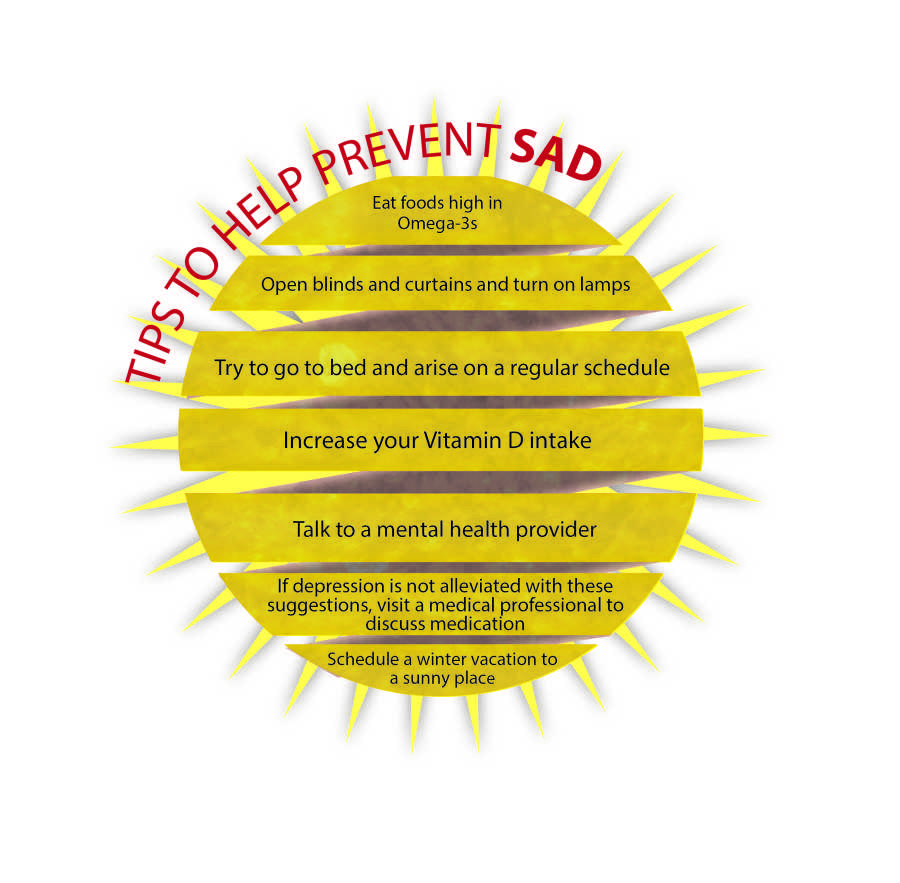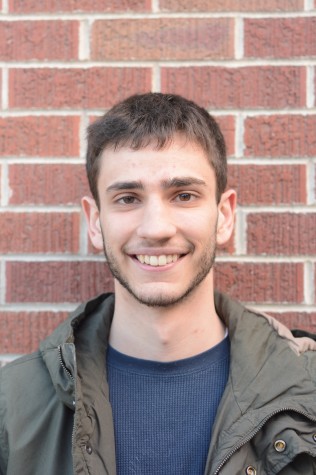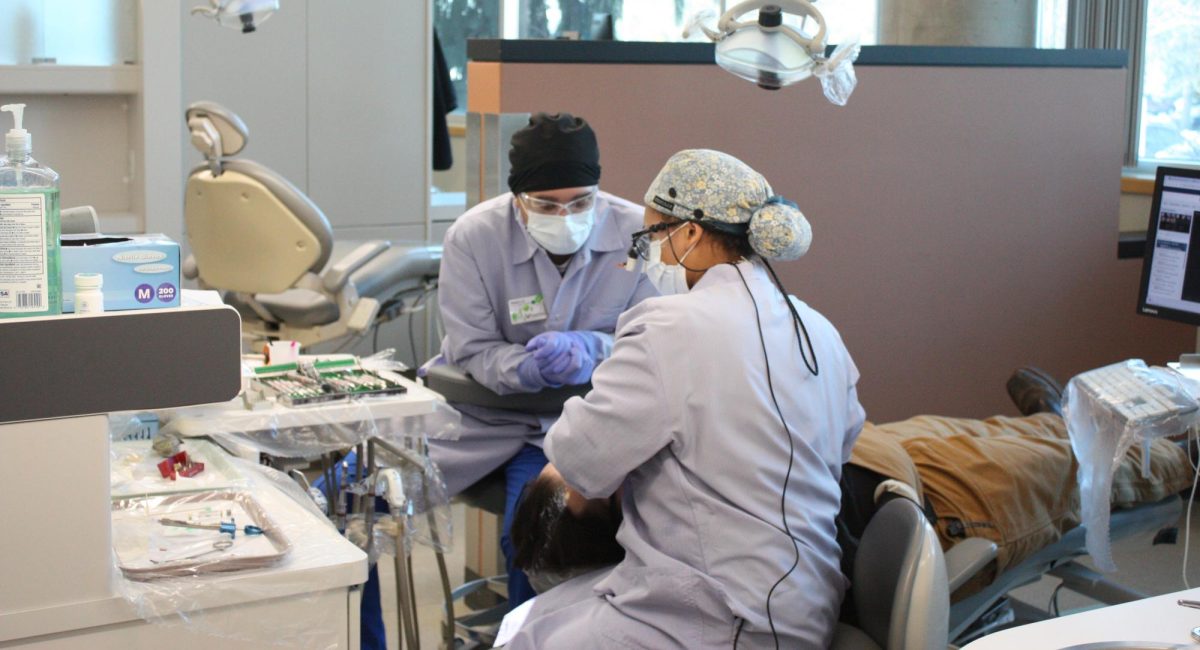Shine away your SAD-ness this winter
February 27, 2014
As the university prepares for the end of winter quarter, the faint promise of sunlight begins to flicker a little stronger each day, and for some students, this will provide them with some much-needed therapy.
Seasonal Affective Disorder, otherwise known as SAD, is a type of depression occurring during times of the year when direct sunlight may be scarce.
It is estimated that SAD affects roughly 10 percent of the population, with the more mild condition, often called the “winter blues,” affecting 25 percent of people, according to EWU’s Counseling and Psychological services. The rate at which people are affected in the Pacific Northwest is seven times higher than in Florida, where the year-round sunlight brings the number of people affected with SAD down to 1.5 percent.
Women in college are especially susceptible to SAD. Three quarters of those affected are women, and the most typical age for onset is in the 20s.
SAD is treated seriously by psychologists, even if some people do not believe the disorder is real.
“I think some people don’t believe it’s a real condition,” said Jonathan Anderson, a psychology professor at EWU. “Maybe because they don’t experience it themselves.”
It is not entirely clear how the lack of sunlight directly affects a person’s brain. According to Bates College Health Center, a lack of sunlight may cause a chemical imbalance in the brain and increase the amount of melatonin, a sleep hormone linked to depression. The lack of Vitamin D entering the body may also play a role in the onset of SAD.
Anderson said winter blues, SAD and year-round depression are on the same continuum, and it is often hard to draw distinct lines between the three. The diagnosis depends on the severity of symptoms.
People with SAD experience symptoms which include a change in appetite, trouble concentrating, sleep problems and low self-esteem, among many others.
In addition, depression can affect academic performance, according to the National Institute of Mental Health. Students may feel the need to self-medicate, leading to higher levels of substance abuse.
But those affected do not have to wait until spring to see the light.
Anderson likes to treat people with SAD using a three-pronged approach. First, it is essential to stay active physically. Second, being connected socially is vital to mental well-being. And finally, he believes mental activity is important. He used Sudoku as an example of a mental activity to combat SAD.
Light therapy is also used to help with SAD. A lamp with 10,000 lux (a measurement of light rays), is 20 times brighter than normal room lighting, according to the University of Washington. People who spend 20-30 minutes per day sitting a couple of feet from the lamp can possibly see results within two to four days, although for some it might take a couple of weeks.
Although it is not quite 10,000 lux, CAPS does have a light designed to treat SAD. Students can sit at the desk and study, or just relax for as long as they want while soaking in the lamp’s rays.
And for the time being, that is as close as students will get to laying out in the sun.









